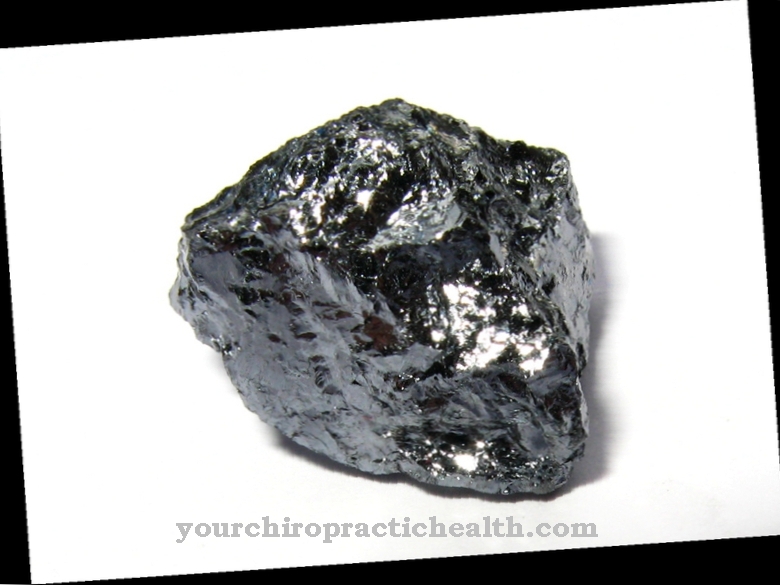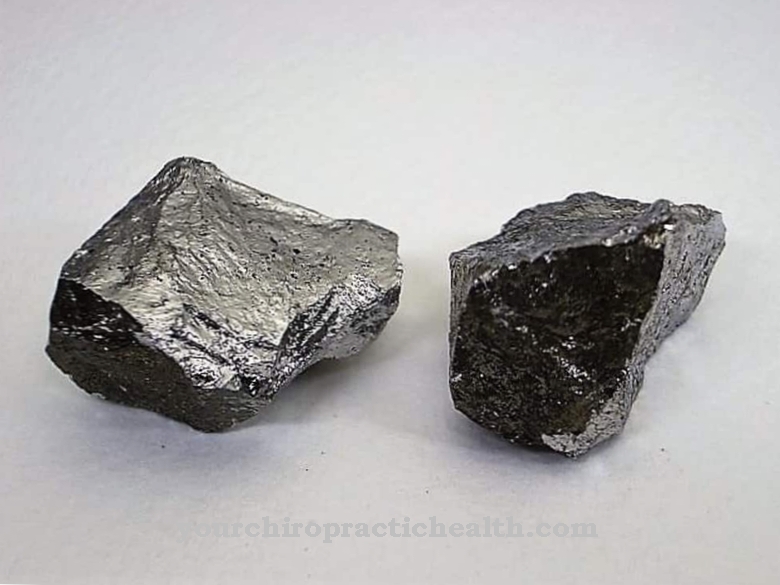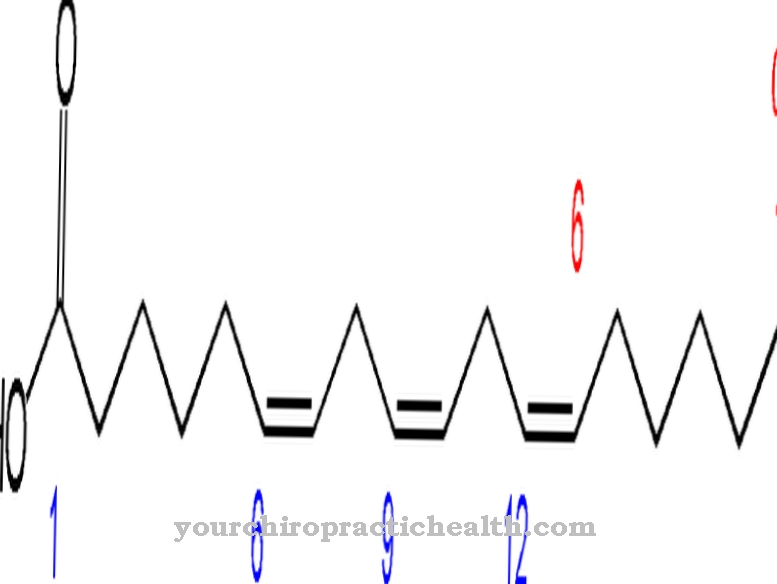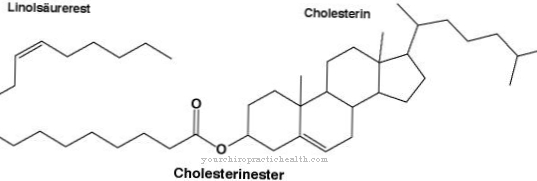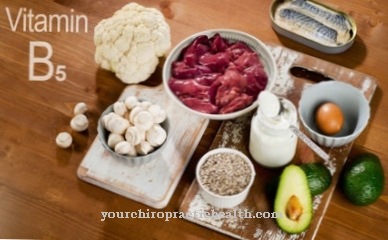Motor proteins belong to the group of cytoskeletal proteins. The cytoskeleton serves to stabilize the cell and its movement as well as the transport mechanisms in the cell.
What are motor proteins?
The group of cytoskeletal proteins consists of the motor proteins, the regulating proteins, the bridging proteins, the boundary proteins and the framework proteins. Motor proteins consist of a head and a tail domain. The head domain is also the engine domain at the same time.
This serves to bind to the cytoskeleton in order to form a protein-shaped structure. The motor domain contains the binding site for the adenosine triphosphate (ATP) and the area of the protein that performs a certain movement when the conformation changes. The motor domain is highly conserved in each of the subgroups of cytoskeletal proteins, i.e. all proteins from the same subgroup have the same structured and functioning motor domain. The tail domain, on the other hand, binds to the respective target protein. It can also serve to let several motor proteins form a complex of proteins with one another.
Function, effect & tasks
The group of motor proteins is composed of the kinesins, the prestines, the dyneins and the myosins. Kinesin usually forms dimers, i.e. they form protein complexes in pairs. These bind to the microtubules of the cell and move along these microtubules from the minus towards the plus end, i.e. from the cell nucleus to the cell membrane.
This movement along the microtubules transports organelles or vesicles within the cell from one location to the next. Kinesin plays a role in neurotransmitter release, in which vesicles with neurotransmitters are transported along the microtubules to the presynaptic membrane. Kinesin is also involved in cell division. Similar to kinesin, dynein also forms dimers and binds to the microtubules. However, these move from the plus to the minus end, i.e. from the cell membrane to the cell nucleus. This is also known as retrograde transport. Specific dyneins occur in the aids to locomotion of the cell, such as cilia or flagella, which are also known as flagella.
These are found, for example, in the spermatozoa. Myosin can also dimer and bind to actin filaments. They move from the minus to the plus end of the filaments and, like the kinesin already described, serve to transport vesicles. The subtype Mysoin VI does not move in this direction, however. In addition, Mysoin, together with actin, occurs to a greater extent in muscle tissue in order to be able to perform muscle contraction there. This is done by pushing the actin filaments into one another. Mysoin also plays an essential role in endo- and exocytosis as well as in the movement of cells.
This type of locomotion can occur in cells that do not have flagella or cilia. Mysoin also has the peculiarity that it only occurs in eukaryotes compared to dynein and kinesin, which also occur in prokaryotes. Prestin occurs in the hair cells of the inner ear. Compared to the motor proteins described so far, prestin is regulated by electrical voltage, which leads to its mechanical movement in the cell.
Education, occurrence, properties & optimal values
Motor proteins are allosteric proteins. These proteins change their conformation, i.e. their shape, after they bind a ligand. This can, for example, be a receptor, such as the insulin receptor, which changes its configuration after binding to its ligand, insulin. This then has the consequence that the receptor triggers a signal cascade. The motor proteins require adenso triphosphate (ATP) for their activity.
They are used to generate movement in the cell but also for transport in the cell, such as endo- or exocytosis. This is the uptake or release of certain substances or proteins by the cell. One example is the delivery of neurotransmitters through the presynaptic termination of a neuron through the fusing of vesicles, which contain the neurotransmitter and are located in the cell, with the neuron's plasma membrane.
Diseases & Disorders
If there are mutations in the gene which codes for the protein Mysoin in the human body, this can lead to hypertrophic cardiomyopathy. It is a disease of the muscles of the heart. This type of e-disease is congenital.
This leads to an uneven thickening of the muscles in the left ventricle. This is known as hypertrophy. Exercise or other physically strenuous activity leads to a narrowing of the outflowing blood vessels in the left ventricle. The heart muscles stiffen, which is described as compliance disorder. The consequences are cardiac arrhythmias and shortness of breath for those affected. This condition is treated with medication, or the draining blood vessel in the left ventricle is blocked and muscle tissue is removed.
Another disease is the Mysoin memory myopathy. This leads to the clumping of the mysoin in the muscle cells. As a result, the muscles become weak. The disease is usually diagnosed in childhood, but it can also occur later in life. The weakening of the muscles leads to a slower gait and difficulties in lifting the arms. In severe cases of this disease, there is also difficulty breathing.
Defects in the muscular mysoin can also lead to the so-called Usher Syndrome. This is a disease that leads to deafness and blindness. A defect in the motor protein kinesin can lead to Charcot-Marie-Tooth disease, which is a form of muscular atrophy.


